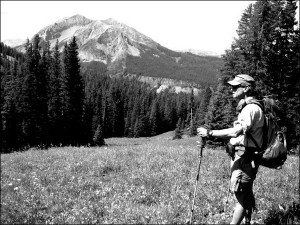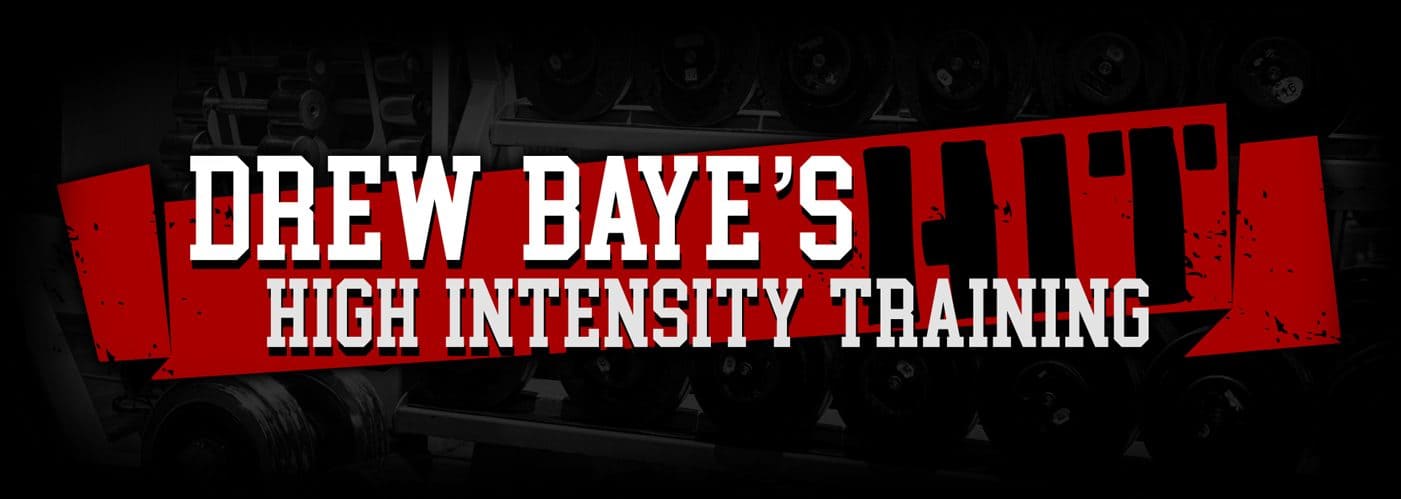 In grade school my favorite teacher was our science teacher Mr. Weitzel, who we nick-named “Jungle Bob” after learning of his time in Africa with the Peace Corps.
In grade school my favorite teacher was our science teacher Mr. Weitzel, who we nick-named “Jungle Bob” after learning of his time in Africa with the Peace Corps.
I have stayed in contact with him over the years, writing or calling on occasion, and have recently been keeping up with him through Facebook. As long as I’ve known him he’s been an active outdoorsman, hiking mountain ranges, camping in tropical rain forests, and regularly cycling and kayaking over two thousand miles around Lake Superior. He blogs about his trips, and I recently visited and started reading his blog Soloing Superior, which contains the sub-title “It’s not the mile, it’s the style“.
In his blog, he describes the “style mile” as follows
…the way I was doing this trip was making it a much better trip. I was doing 50-60 mile days . . . I could start later . . . futz around if the spirit dictated . . . stop and take pictures and video . . . if you’re going too fast to stop and take a picture, you’re not doing it the right way. I began referring to this way of travel as “doing the style mile.”
The general principle here is, the purpose of an action dictates the manner of performance. Since he is on a trip rather than competing in a race, the purpose – enjoying the experience – dictates a pace that allows him to do so.
The same is true when performing a repetition of an exercise. The purpose of a repetition is not to make a barbell or dumbbells or the weight stack on a machine go up and down. The purpose is to stress the muscle to stimulate an adaptive response. Lifting and lowering weight is simply a means to that end, and how you do it – the style – is dictated by that purpose.
Like Mr. Weitzel’s “style mile”, this means taking it a little slower. Rather than rushing to get from the start to the end point and back, you should focus on getting as much benefit as possible from every degree of rotation or inch of movement over the full range of the exercise. By moving at least slowly enough that you can reverse direction smoothly without bouncing, yanking or heaving the weight at the start, or slamming into or “falling through” the end of the range of motion, the muscles involved will encounter a more consistent level of resistance throughout the exercise.
 More importantly, the goal of exercise isn’t just to stimulate an adaptive response, but to do so in a manner that minimizes the risk of injury and does not undermine your long term health and mobility. Although there is far more to proper style of performance than moving slowly, doing so makes it easier to maintain correct body position and follow the correct path of movement during exercise. More specifically, accelerating more slowly during the turnarounds (reversal of direction between lifting and lowering movements) minimizes the increase in force encountered by the muscles and other tissues involved at those points in the exercise, keeping it within known, safe levels.
More importantly, the goal of exercise isn’t just to stimulate an adaptive response, but to do so in a manner that minimizes the risk of injury and does not undermine your long term health and mobility. Although there is far more to proper style of performance than moving slowly, doing so makes it easier to maintain correct body position and follow the correct path of movement during exercise. More specifically, accelerating more slowly during the turnarounds (reversal of direction between lifting and lowering movements) minimizes the increase in force encountered by the muscles and other tissues involved at those points in the exercise, keeping it within known, safe levels.
Think of every repetition of an exercise as a trip, rather than a race. Your goal is not simply to get to the end, but to derive as much benefit as possible from the process of getting there. Don’t focus on lifting the weight, focus on intensely contracting the target muscles against the resistance the weight provides, getting as much from the weight as you can over every degree or every inch of the movement.

Comments on this entry are closed.
I’m still liking the negative emphasis reps you talked about awhile back. The concentration needed to control the weight and contract the targeted muscles is fantastic.
This post reminds me that my workouts are sometimes a battle of my Ego. I have to remind myself that I’m trying to work the muscles, not to leverage big weights. Increasing poundage in the [insert lift here] by improving specific strength, leverages and momentum is not my goal; a strong injury free body is.
Thanks for keeping things clear.
As always, this is extremely helpful and interesting. And, if I can say so without sounding too pretentious, it says a something useful about how to go through life as well as how to do the exercises for the maximum benefit.
I understand the importance of properly performing each rep, but then on the other hand one of the main ways we judge whether or not we are progressing is either doing more reps or heavier weights than we were doing before so I guess the key is learning to keep a balance between the two mind sets.
Craig,
Weight progression is meaningless without consistent, proper form.
I always try sticking with good form moving somewhat slowly (3/3 to 5/5) on most exercises, but its hard to change the mindset of always wanting another rep or more weight.
Craig,
You should always try to perform more repetitions or use a little more weight than you did previously, just don’t sacrifice form to do so. How you perform each repetition is more important in the long run than how many you perform.
Drew:
I know this post is several months old but I wanted to ask a question about rep speed. I also wanted to ask the question in an post thread that dealt with rep speed rather than hijacking another thread with an off-topic post.
Let’s say that I’m using a 3/3 rep cadence. I work out alone so I don’t have anyone to monitor my cadence. I count the seconds up and down during the movement. So on the seventh rep of a set it would be something like:
1, 2,3…7.
That is to keep the seconds and the rep count in my noggin. Do you use such a method? Or have you done the movements under the 3/3 (or whatever count you use) so often that it is second nature? I assume that after the thousands of reps you’ve performed that it is ingrained by now. But I hate to assume and would rather just ask you directly.
I am just wondering for my own benefit and interest.
Chris
Chris,
It isn’t really necessary to worry too much about getting the cadence exact as long as you’re in the ballpark. As long as you are moving in a controlled manner, reversing direction smoothly, and not altering body position or path of movement to cheat you’re doing fine. That being said, I like to use a metronome app for the iPhone to help maintain a consistent cadence as well as a consistent pause duration when performing rest-pause training.
Thanks Drew! I will continue to attempt to move in the controlled, deliberate manner. And thanks for running a fantastic website.
Chris
I’m sad to report that Bob has left us. The following news article appeared 06/20/2012. He was my sons’ guidance councilor and my friend. He and his wife have left a lasting impression on our family and Bob will be missed.
A kayaker who was found dead in Lake Superior earlier this week was from Middleton, according to media reports.
The body of Robert Weitzel, 57, was pulled from the lake last weekend by Canadian Coast Guard officials. He was apparently found on Sunday after a personal locator beacon was received near Pigeon Point Bay, near the Canadian border, according to the Northland’s NewsCenter website.
Weitzel was a guidance counselor at Glacier Creek Middle School, according to Middleton-Cross Plains Area School District officials.
The Northland NewsCenter cited a report by community newspaper the Middleton Time-Tribune that said Weitzel “was on a mission to raise money for urban at-risk children to help them undergo ‘wilderness therapy.”’
Weitzel joined the district in August 1999 as a guidance counselor. He was previously a school counselor at two Tomah elementary schools. He had also been a science teacher in Little Chute and Tomah, according to Middleton school officials.
Steven,
Thank you for letting me know. The world is a better place for his having been in it and I am fortunate to have known him.